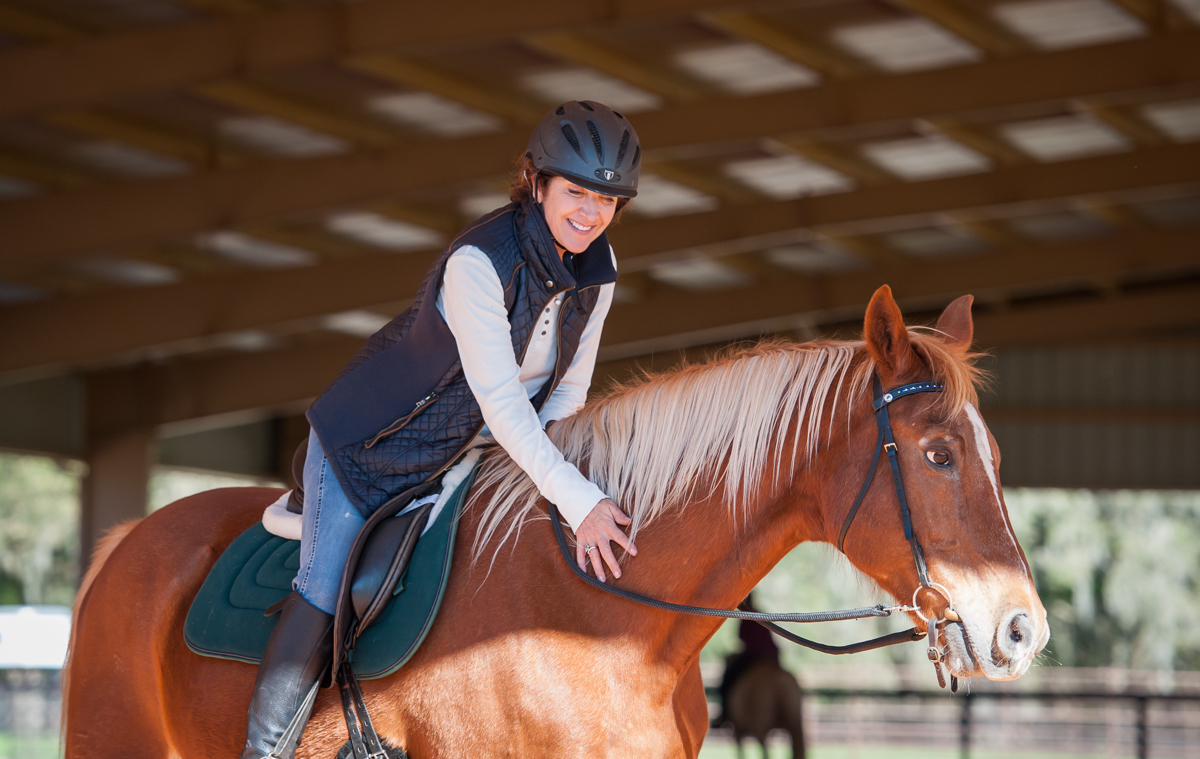Live Events
Upcoming Live Clinics & Events with Linda
Take your horsemanship to the next level by taking part in a live clinic with Linda Parelli. If you don’t feel confident enough to ride, many of the clinics have spectator options. See all of our upcoming events below and check back often as we’re adding more dates to the schedule!

This clinic is full, but we encourage you to take part as an auditor as we focus on quality, harmonious riding and have a better connection on the ground and in the saddle. Click here for auditor options.
 Bradford, NH
Bradford, NH
July 6 – 7, 2024













July 7 – 12, 2024
Fire & ice adventure in iceland
Join HHHL Instructor Elli Pospischil for a horse lover’s dream trip to Iceland! Call or text (970) 946-1686 or email Elli for more information.













July 29 – August 2, 2024
The clinic is full, but auditor spots are still available. Don’t miss your chance to spectate this scenic clinic with HHHL Instructor Ellen Bauer. Click here for more information.













August 19 – 23, 2024
Happy Horsemanship camp
Join HHHL Instructor’s Kristi Smith and Charlie Johnson for a life-changing journey at the Happy Horsemanship Clinic. Click here to email Charlie for more information.













VIP Retreat with Luis Lucio & Linda Parelli
A special 5-day fully immersive retreat with Horse Psychology, Tactical Training & Dressage! Click here for details.













Ride, Laugh & Learn
Immersive horsemanship clinic in Virginia this September – with HHHL Instructor Kristi Smith. Learn strategies for developing connection, relaxation, and responsiveness in your equine partners. Click here to contact Bonnie Williams for more information.













Join HHHL Instructor at Red Cliffs Lodge to Eat, sleep & play where John Wayne, Maureen O’Hara, Henry Fonda, Anthony Quinn and the likes have told tales of the Wild West in front of many cameras. Call or text (970) 946-1686 or email Elli for more information.













September 20 – 22, 2024
Join Linda, Ryan Rose and more presenters at the Horseman’s Symposium, where education meets inspiration. This unique event brings together renowned horse trainers from various disciplines, all dedicated to the core principles of Horsemanship. Click here for more information and to buy tickets.













September 27 – 29, 2024
Join Linda in Virginia this September for a Happy Horse Clinic! More information coming soon.













October 4 – 7, 2024
Join Elli for an immersive 4-day experience at Best Friends’ Horse Haven, nestled in the scenic beauty of Utah! Call or text (970) 946-1686 or email Elli for more information.













December 7 – 8, 2024
The piaffe learning process is the ultimate exercise with a lot of benefits as it shows the horse how to bring the weight on to the hind legs, and stay light and uphill in front. Click here for more information.













Are you craving a personalized, one-of-a-kind horsemanship experience? Look no further! We are thrilled to offer you the exclusive opportunity to host your private 2, 3 or 4-Day group clinic with Linda Parelli! Click the button below for more information about hosting a live clinic with Linda.
